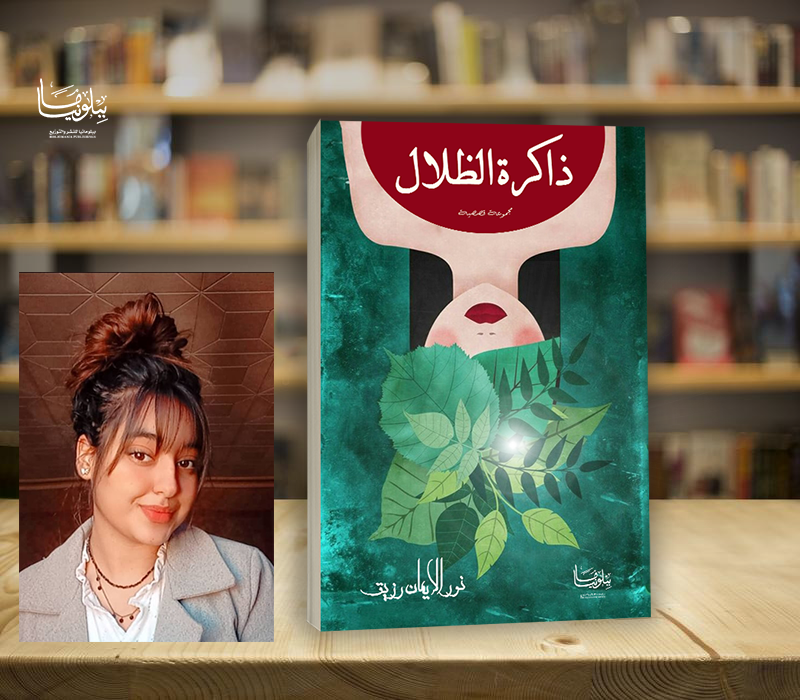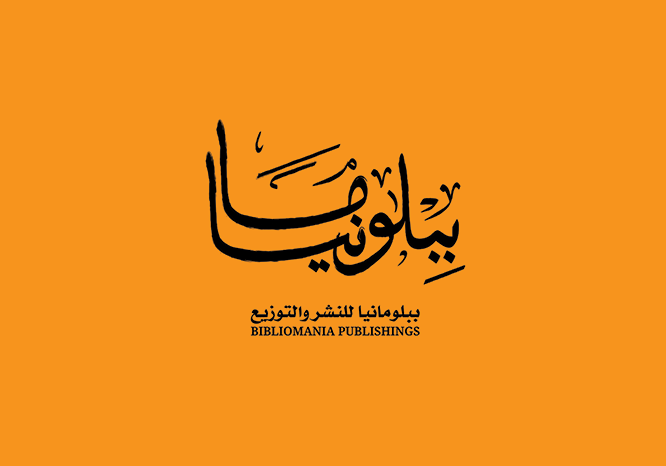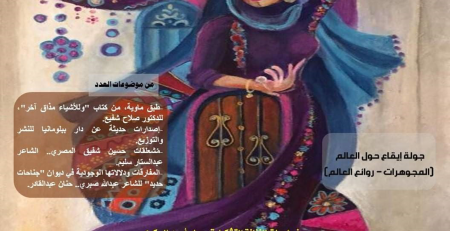Ziad al-Hamdani and socio-critical readings of “The Memory of Shadows”..
Socio-critical readings of the story collection
(memory of shadows)
For the Algerian storyteller Nour El Iman Rizeig
Published by Beblomania for Publishing and Distribution
Egypt / Cairo 1st floor 2022
by pen
Poet, novelist and critic
Ziyad Sheikh Saleh Al-Hamdani
Iraq
The short story is an independent literary genre that includes basic conditions and rules related to the integrated structure based on the main pillar, which is the narrative art that organizes the narrative context by employing other basic pillars such as the unity of the subject, the unity of time and place, the knot, plot, linguistic structure and description.
Before going into what was included in the short story collection (The Memory of Shadows), which contained ten short stories, it is necessary to refer to the title of the collection, which means a lot as it is the main gateway to the collection. The titles of her stories in the unit of the most comprehensive title.. Memory of Shadows.. Memory is a retrieval of the past, for the accumulation of real events that took place, and of which only remnants of memory remain, pure shadows cursing in the memory.. This is what we sensed through in-depth readings of the total stories that the book contained.. starting with the story first
(White robe / Ends / Oblivion / Eternal sleep / In the watchful night / Dove collar / Black ink / Hope / Shadow of a man / Black cloud)
The literary storyteller was able to employ narrative creativity in her style in a sociological way by dealing with real and social literary phenomena with a deep understanding and analysis that reflects the depth of her visions and the dimensions of her fictional imagination, transcending the lines of artistic and aesthetic creativity in the light of its narrative context with skill and craftsmanship that gives an impression to the reader and critic of the splendor and sobriety of the story production. A writer who added to her narrative style touches of societal realism that were evident in the size of her human emotions and the pictorial depth that characterized her story collection, and she was able to break out of the narrow framework to leave the story characters the task of telling the events, investing her technical capabilities in managing the helm of events with the skill of the clever professional writer.
It also employed the aesthetic elements and pillars required by fiction literature through the humanization of time and the humanization and unity of place, as time is a basic pillar of the foundations of building a text that reflects the mechanism of literary work and its relationship with other elements as it is considered the common factor connecting the various elements and elements..
What is striking is that the narrator employed time in the past as the basis and roots of man, and on the other hand, she reflected the state of retrieval from the stock of memory and the repercussions of events, to make it clear the extent of the writer’s genius in employing the group’s title (the memory of shadows)..
It was able to employ the second part of the narrative spacetime from the humanization of the place and the phenomena of nature, as it is the most important pillar for moving the reader in scenic images and attracting his imagination to achieve spiritual and mental coherence between the available narration and imagination without limits and to show the wide and deep space between the place and the personality on the one hand and the connection of this element to the movement of characters and shed light on The spiritual and psychological repercussions that the recipient observes on the central and basic personality..
The artistic, structural and pictorial techniques employed by the writer in her story collection, her sober narrative literary style, eloquence and careful selection bring us back to the era of artistic Arabic literature mixed with the spirit of Russian literature as in the style of the godfather of the short story Anton Chekhov, which reflects the writer’s profound spiritual influence on this literary and aesthetic deep edifice of the pioneers of the story Arab and international short.









Leave a Reply